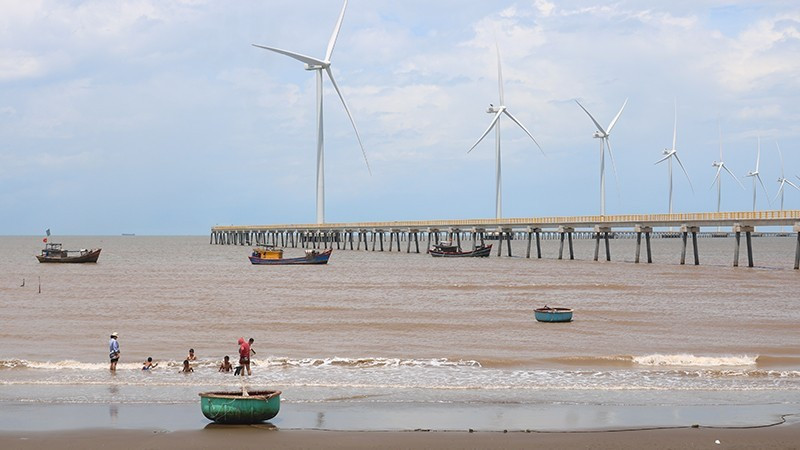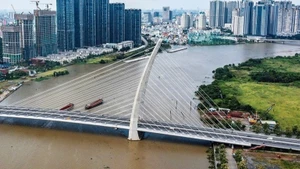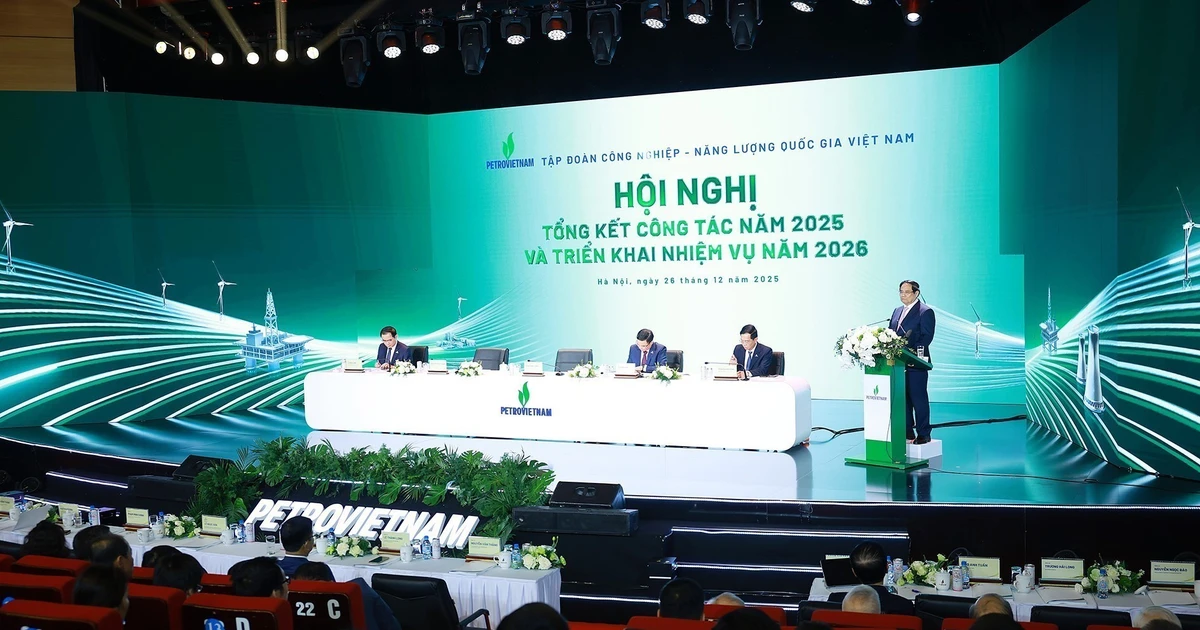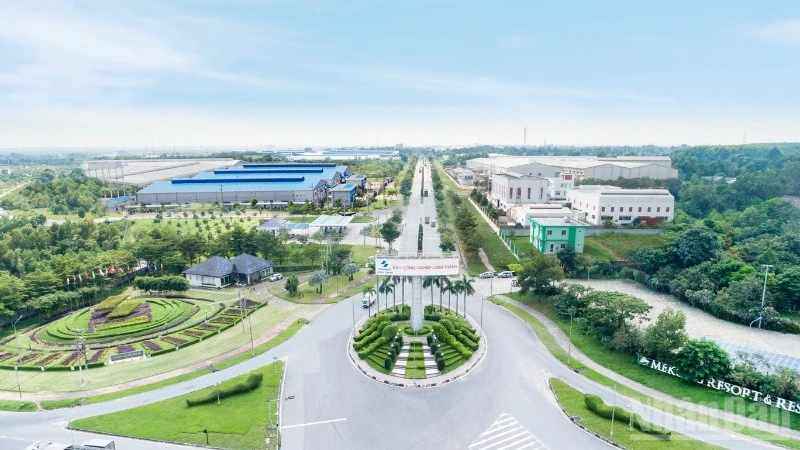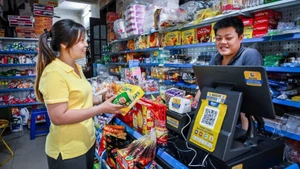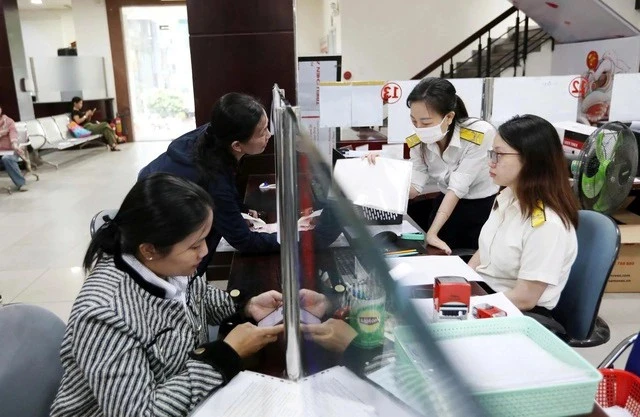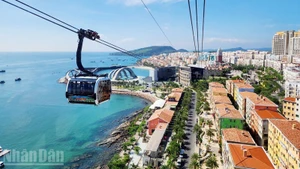Removing infrastructure bottlenecks
Amid the nationwide excitement marking the 80th anniversary of the August Revolution (August 19, 1945 –2025) and the National Day of the Socialist Republic of Viet Nam (September 2, 1945 – 2025), thousands of officials, soldiers, and residents of Vinh Long joyfully attended the inauguration of the Rach Mieu 2 Bridge project linking Dong Thap Province with Vinh Long Province.
The Rach Mieu 2 Bridge project spans 17.6 km with a total investment of over 6.8 trillion VND from the central budget. It begins at Dong Tam intersection in Hung Long Commune, Dong Thap Province, and ends at Km16+660 on National Highway 60 in Ben Tre Ward, Vinh Long Province. The main cable-stayed bridge is 1.971 km long and 21.5 m wide, with four lanes and a design speed of 80 km per hour.
In Nguyet Hoa Ward, the phase 2 infrastructure project connecting Tra Vinh City centre, Chau Thanh and Cang Long Districts (former Tra Vinh Province) with National Highways 60 and 53 was also inaugurated. Approved in 2021 by the former Tra Vinh People’s Committee at a total investment of 1.498 trillion VND, the 22.4 km project, which includes 11 new reinforced concrete bridges, has been completed ahead of schedule.
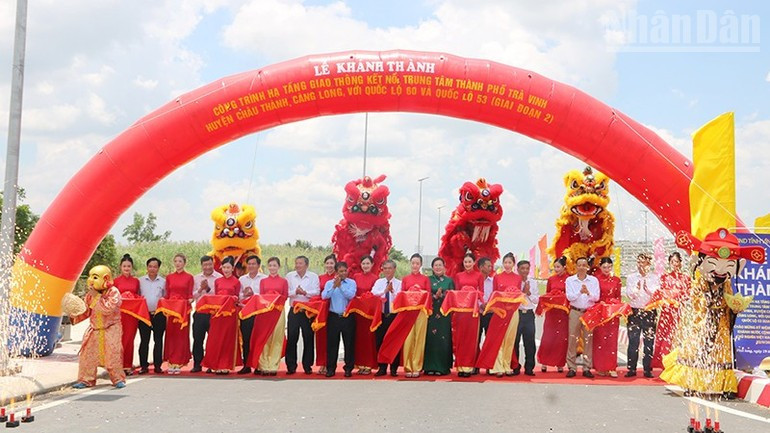
Meanwhile, although facing difficulties due to weather conditions and scarce materials, contractors for Package 11-XL (Dai Ngai 2 Bridge) and Package 15-XL (Dai Ngai 1 Bridge) have deployed 37 construction teams, along with 245 pieces of equipment and 588 engineers and workers. The Dai Ngai Bridge construction project is invested by Project Management Unit 85 under the Ministry of Construction, with total funding of more than 7.962 trillion VND from the state budget.
The Dai Ngai Bridge project consists of two main bridges, Dai Ngai 1 and Dai Ngai 2, along with connecting sections and auxiliary works linking to National Highway 60. The bridge has a total length of 15.14km, starting at the intersection with National Highway 54 in Hung Hoa commune, Vinh Long province, and ending at the intersection with the Southern Hau River National Highway in Dai Ngai commune, Can Tho city. Project Management Unit 85 began construction in 2022, and to date, the total value of completed works has reached 1.612 trillion VND out of 5.071 trillion VND, equivalent to 32% of the contract. The project is expected to be fully completed and put into synchronous operation in 2028.
Other major transport projects, such as upgrades to National Highways 53, 54, and 60; the opening of a channel for large vessels into the Hau River; and the construction of the Dinh An general seaport complex, have formed a network linking regions and sub-regions.
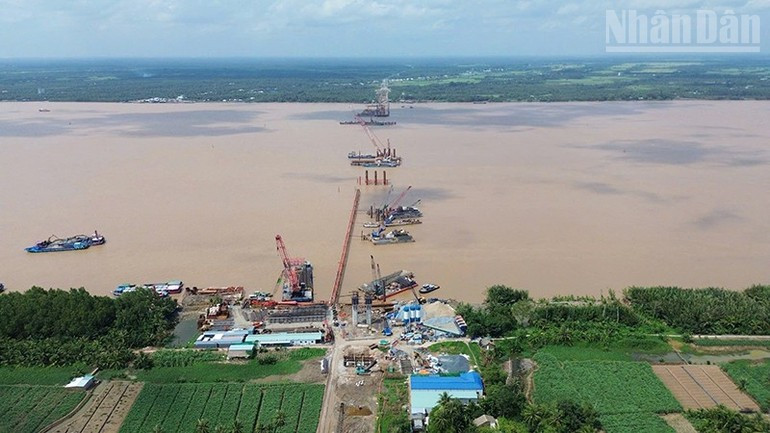
Nguyen Van Tam, owner of Van Phat Thanh Company in Binh Phu Commune, which specialises in exporting dragon fruit, said that since the opening of the Co Chien Bridge, travel and goods transport to Ho Chi Minh City has become much more convenient, having shortened the distance by about 70 km compared to the previous route via National Highway 1, saving time and reducing costs.
A maritime and clean energy hub
According to Decision No. 1513/QD-TTg (dated September 5, 2011) by the Prime Minister, the Dinh An Economic Zone covers over 39,020 hectares across Duyen Hai Ward and Truong Long Hoa Ward, and the communes of Ngu Lac, Don Chau, and Dai An. With key national transport projects boosting investment, the province is realising its socio-economic development goals.
The province has attracted 381 active projects, including 37 FDI projects with nearly 3 billion USD in total capital and 344 domestic projects worth over 148 trillion VND.
At an investment of 5 billion USD, the Duyen Hai Power Centre, located within the Dinh An Economic Zone, has a capacity of over 4,400 MW and comprises traditional coal-fired thermal power plants and a coal port.
Ngo Van Sy, Director of Duyen Hai Thermal Power Company, said the company manages and operates Duyen Hai 1, Duyen Hai 3, and Duyen Hai 3 Extension thermal plants, as well as the Duyen Hai Power Centre port, which can accommodate 30,000-tonne coal ships. Over the past decade, the company has contributed more than 10.6 trillion VND to the provincial budget and created nearly 900 local jobs, ensuring national energy security and supplying electricity for socio-economic development in the southern region.
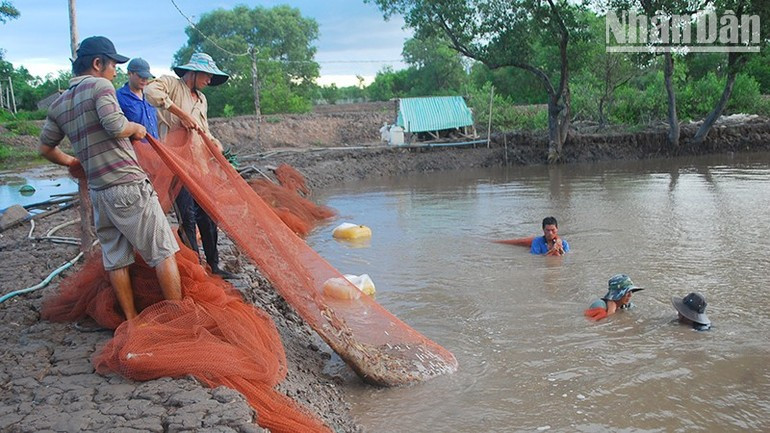
Scientific surveys show the province’s onshore and offshore wind power potential exceeds 46,500 MW.
In January 2021, Trung Nam Tra Vinh 1 Wind Power Joint Stock Company launched the Dong Hai 1 offshore wind power plant in Dong Hai Island Commune. With an investment of nearly 5 trillion VND, 25 turbines, and a total capacity of 100 MW, the plant adds approximately 330 million kWh of green energy to the national grid annually.
Furthermore, the Tra Vinh biomass power plant project in Luu Nghiep Anh Commune, with a designed capacity of 25 MW and an investment of over 1.066 trillion VND, is under construction, including a 25 MW biomass plant, connection lines, and a 300-tonne fuel port, and is scheduled for commercial operation by the end of 2025.
Recently, Vingroup proposed a nearshore wind power project in Dong Hai Commune and Long Vinh Island Commune, with a total capacity of 3,000 MW and an estimated investment of around 4.5 billion USD. The project is expected to generate about 9 billion kWh per year and revenue of 700–800 million USD annually and will create 500 local jobs.
Nguyen Quynh Thien, Vice Chairman of the Vinh Long People’s Committee, stated that the province’s marine and coastal areas are rich in aquatic resources, offering favourable conditions for aquaculture and fisheries. The province is focusing on attracting investment in seafood processing and preservation plants, aquafeed production, and large-scale high-tech brackish-water and ecological shrimp farming for export.
